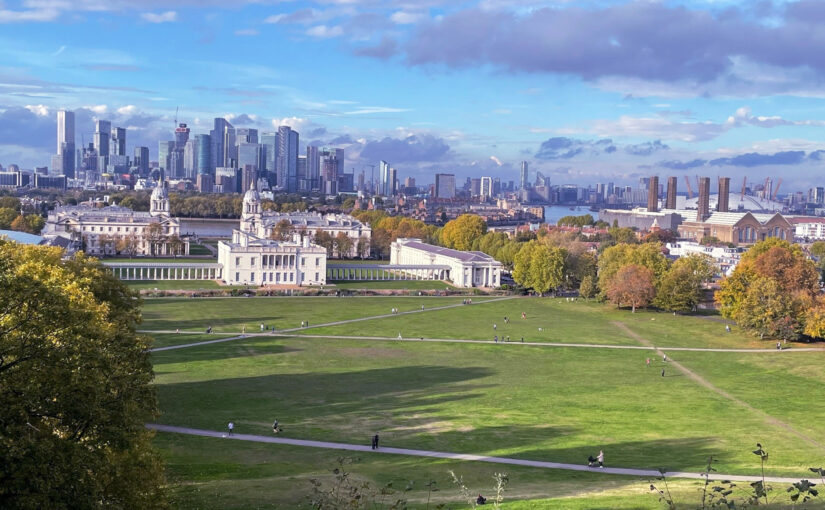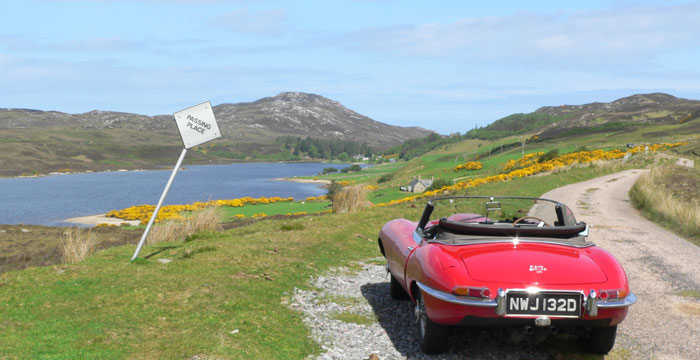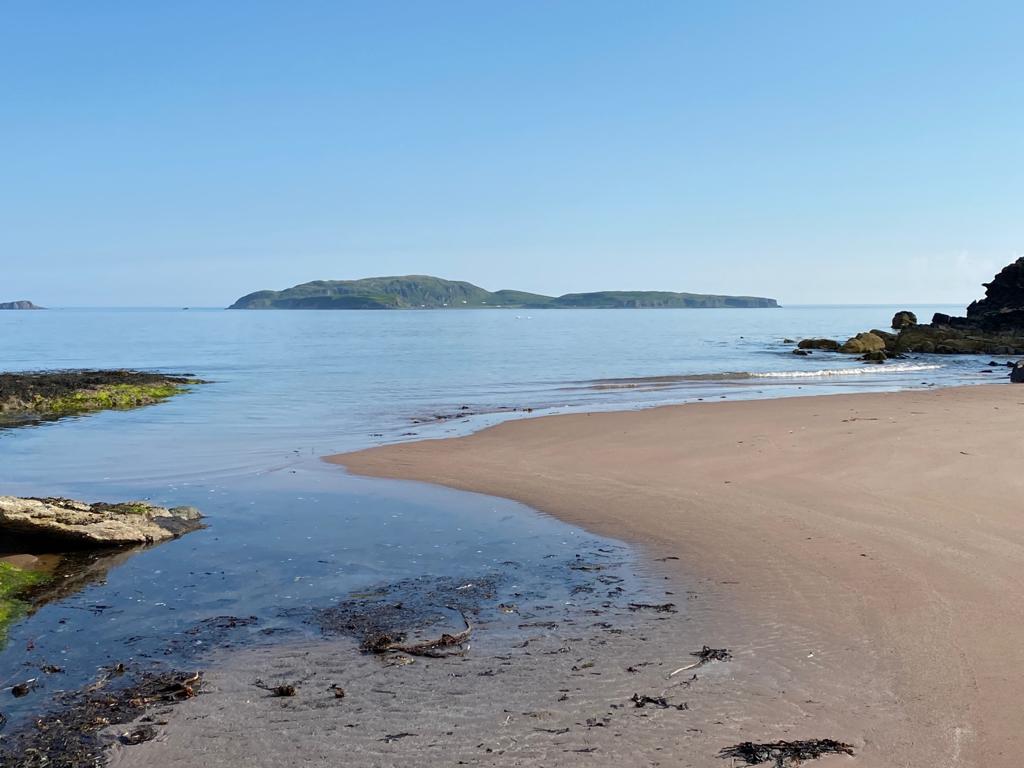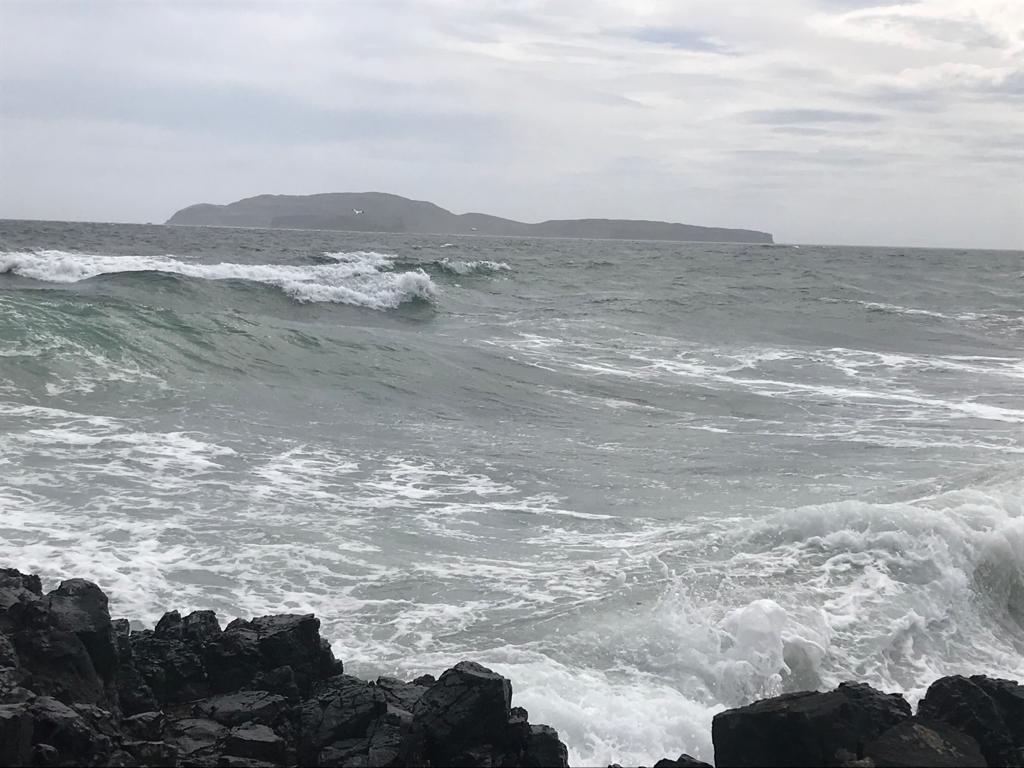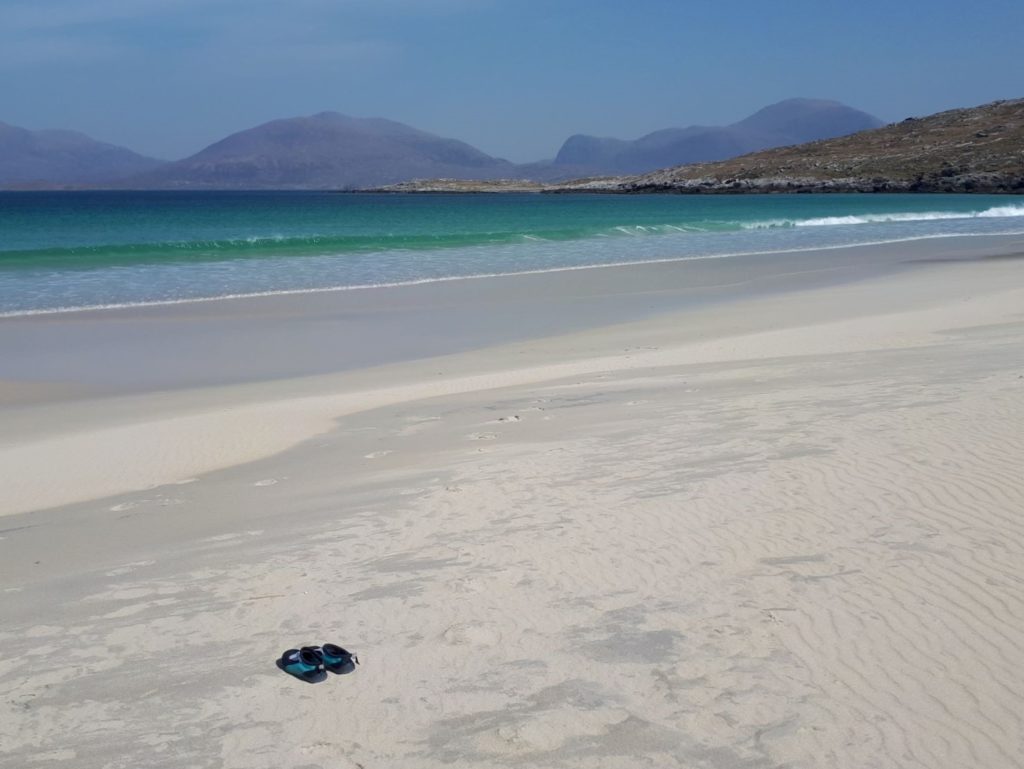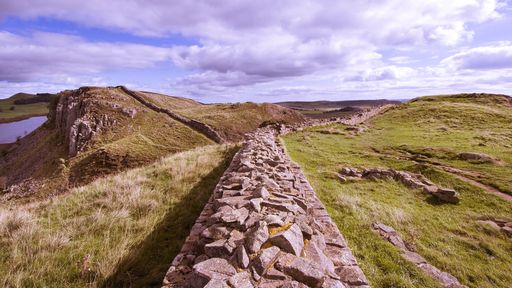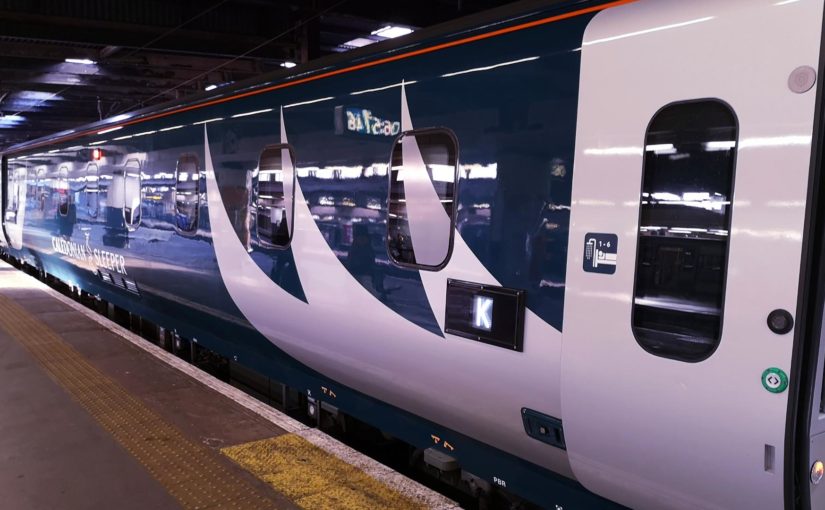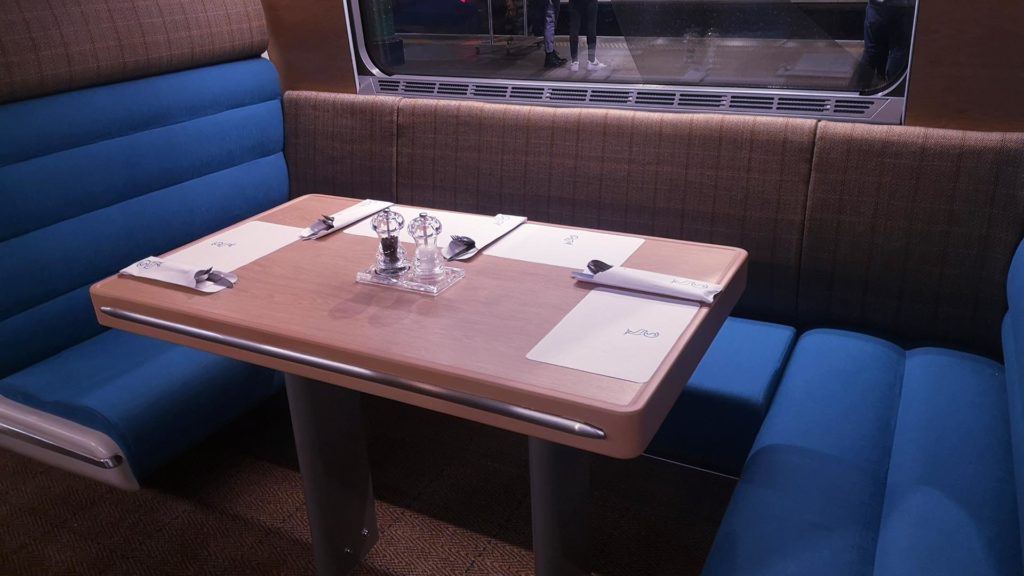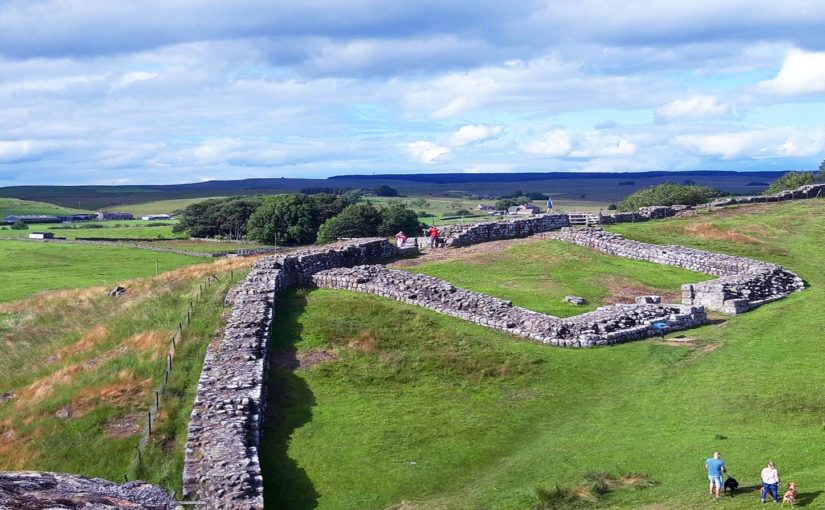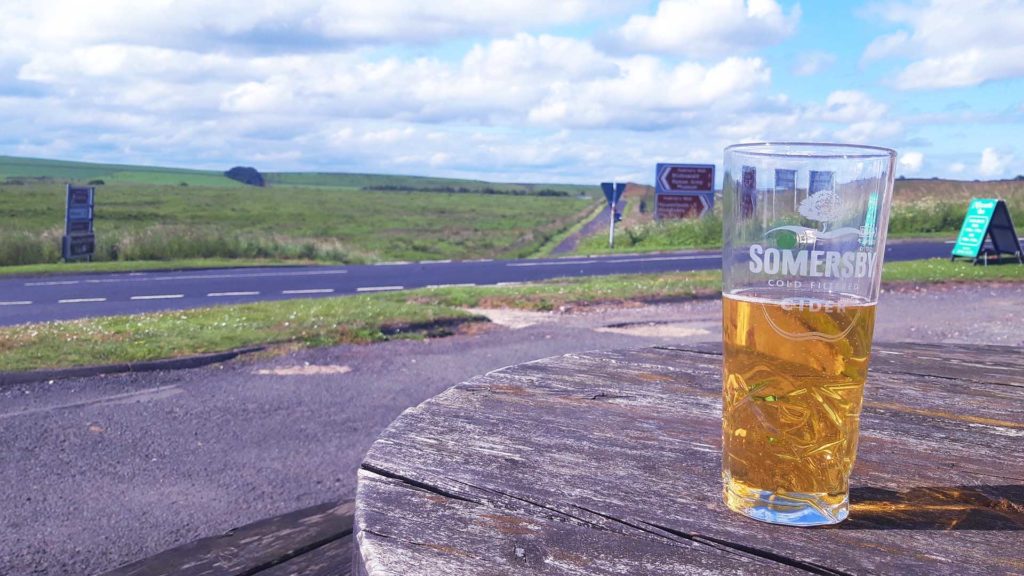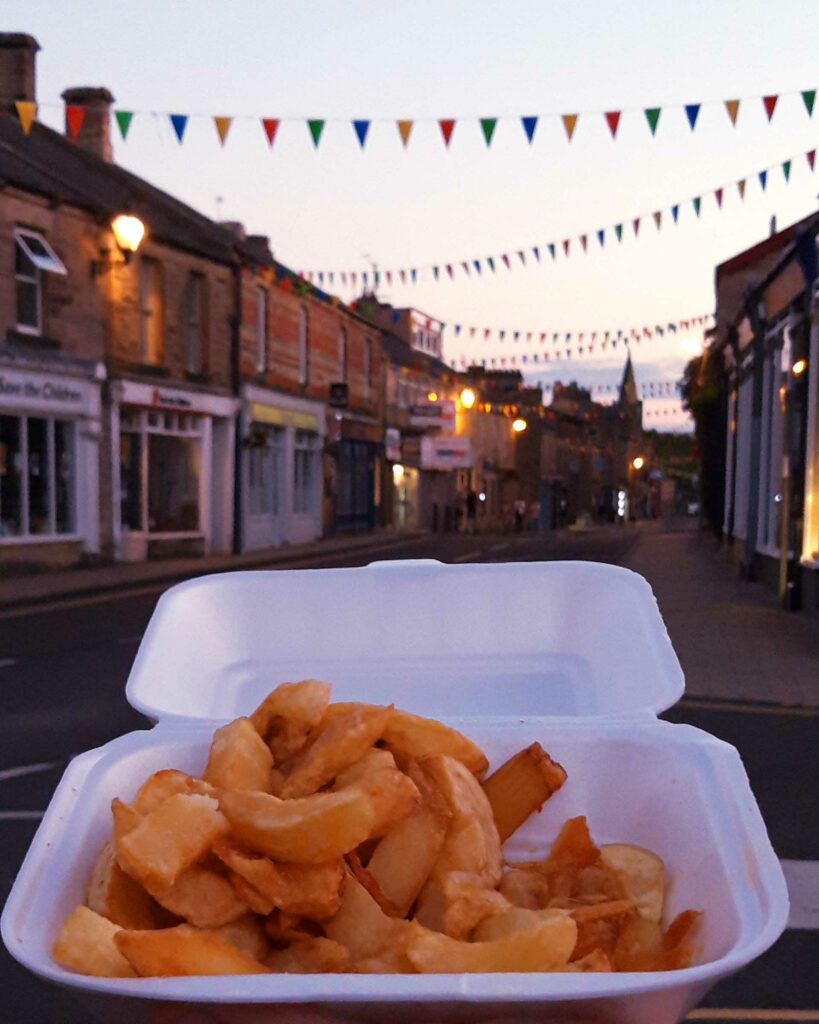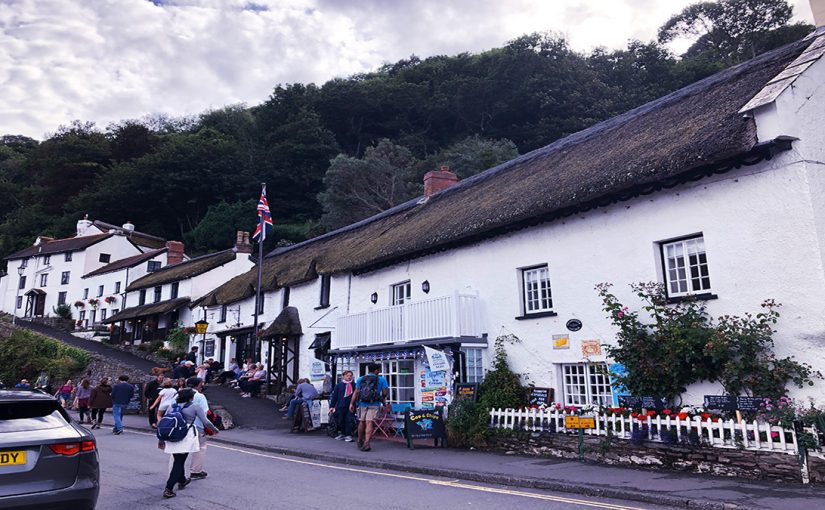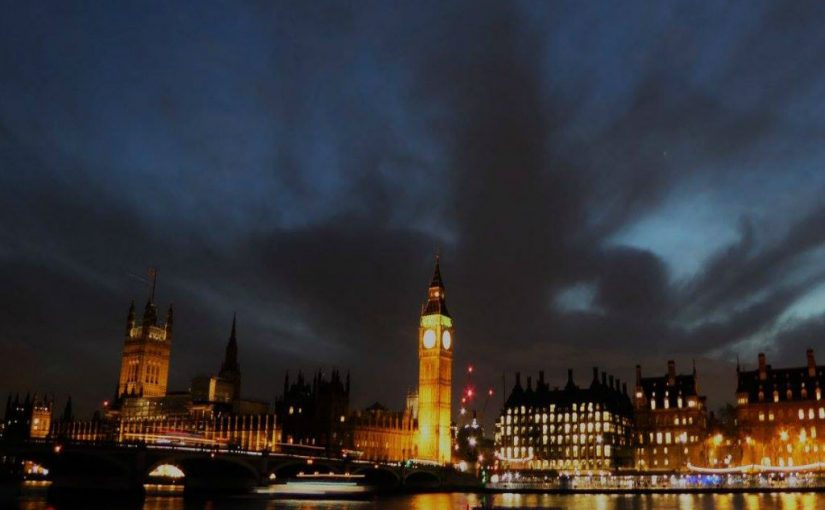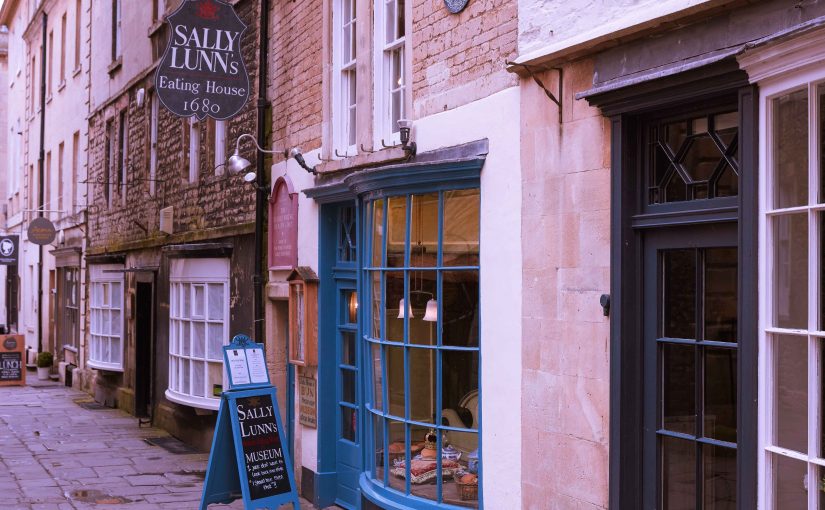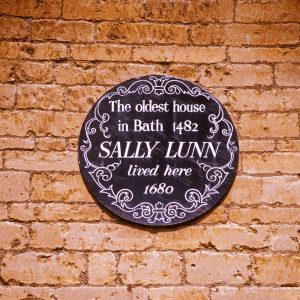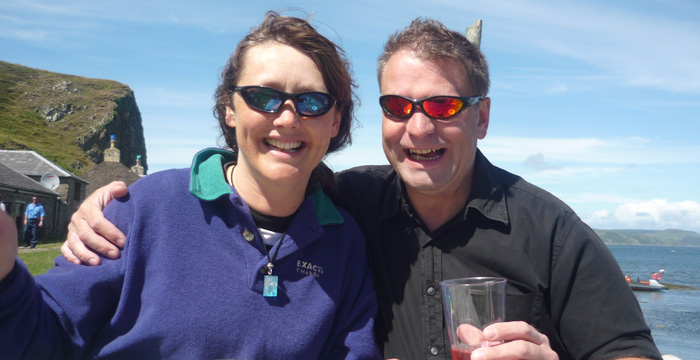London is a city of never-ending discovery. My favourite corner is the historic area of Greenwich, on the River Thames and only ten minutes by train from London Bridge. You won’t find it on the tube map, although it is a stop on the Docklands Light Railway. One of the most enjoyable ways to arrive is by boat – the Thames Clipper runs a scheduled service from various piers in central London.
Embarking from the river bus, you are instantly confronted with the choice of left or right, the tall rigging of the Cutty Sark enticing you towards it. But let’s start our virtual tour by heading left. Walk along the Thames Path, past the Christopher Wren-designed symmetrical domes of the Old Royal Naval College, now the study home for students of Greenwich University.
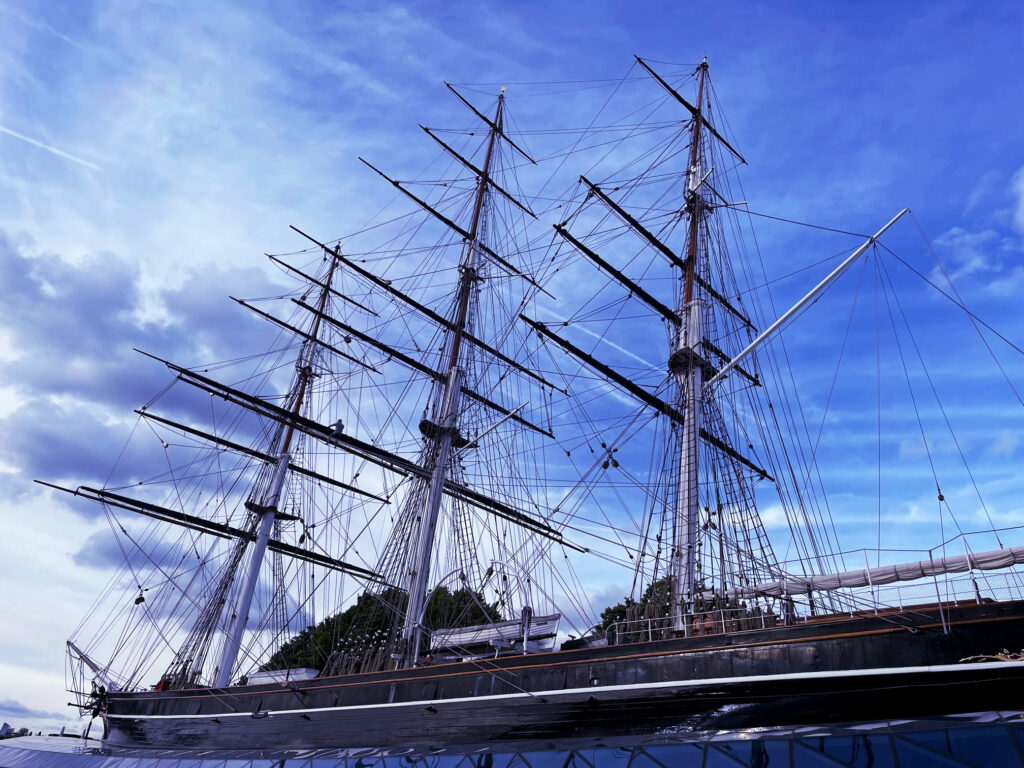
If the tide is low, look out for jagged wooden prongs poking up through sandy mud – remnants of an ancient jetty. The Naval College was built on the site of the once grand Palace of Placentia – a favourite residence of Tudor Kings and Queens. Barely a trace remains unless you fancy mud-larking in search of hand-made bricks and old clay pipes, but enter through the gates to the grounds of the college and you will find a paving stone confirming that this was indeed the birthplace of King Henry VIII and Queen Elizabeth I.
You need to dig a little deeper into history to uncover that Henry VIII despatched from here his second wife, Anne Boleyn, on her final journey by barge to the Tower of London, where she would lose her head. This was also the spot where Britain’s great naval hero, Lord Horatio Nelson, made his final landing- his body shipped here to lay in state in the Painted Hall after his demise at the Battle of Trafalgar.
Continue a little further and you reach the bow-fronted, peach-coloured Trafalgar Tavern, a lively hostelry where outdoor tables line the railings and revellers queue up for a spot in the sun. The views down the river stretch to the O2, the dome built to mark the Millennium, now one of London’s most vibrant music and live performance venues.
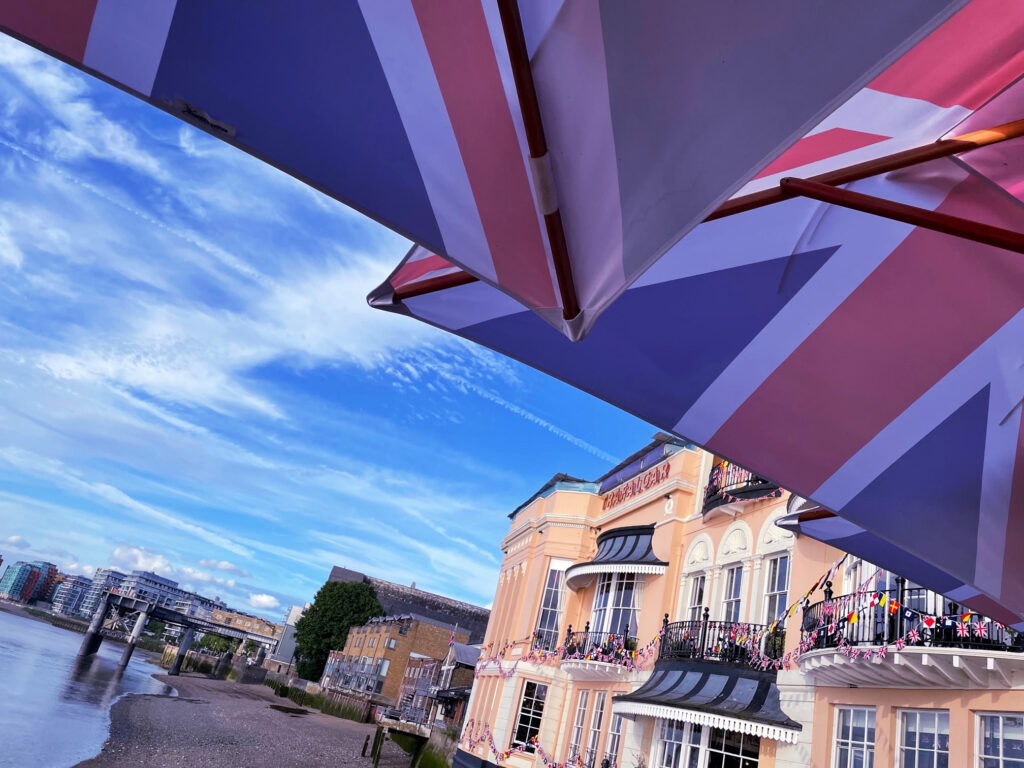
Take a refreshment or two while letting your mind wander to days gone by. The leading politicians of the Victorian eras would mingle at the Trafalgar over a whitebait supper while Charles Dickens would also linger here.
Next head away from the river and cross the main thoroughfare. In front of you is the striking classical Queen’s House. Commissioned by James I of England and dating from the early 17th century, Inigo Jones’ design is the earliest example of this architectural style in England. The colonnades stretching to the right lead you to the National Maritime Museum – it’s free to enter so worth a dawdle through the main exhibition halls and do seek out Turner’s painting of the Battle of Trafalgar. Rolling special exhibitions usually merit the splashing of a little cash if the subject appeals.
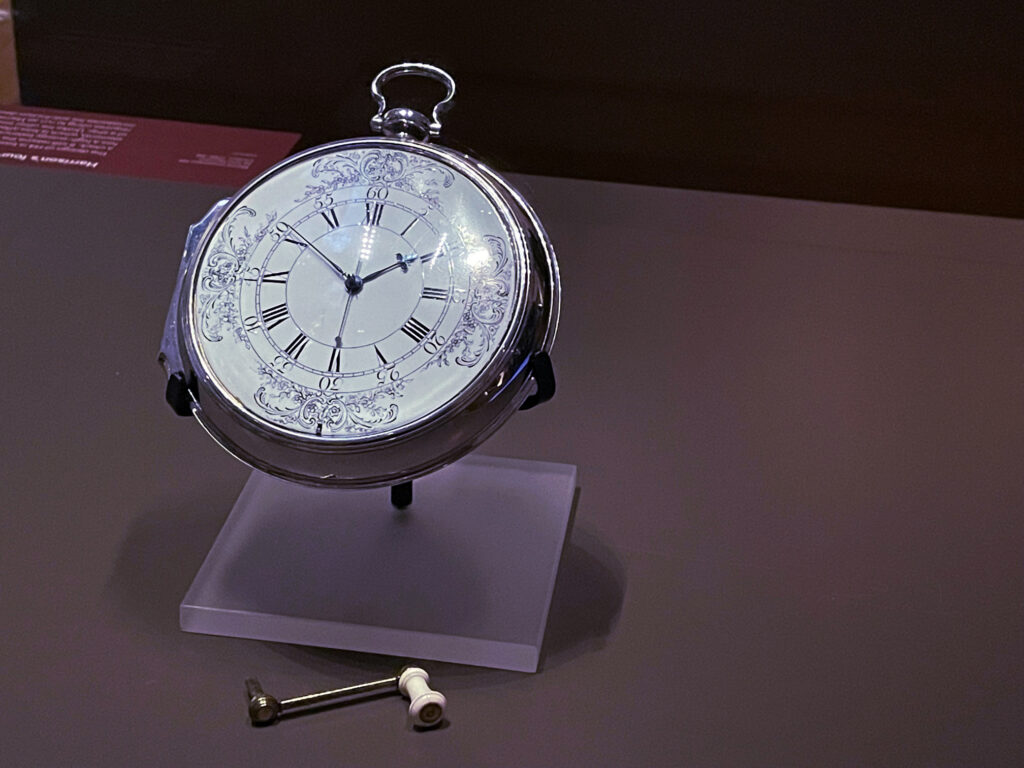
Now enter Greenwich Park, one of London’s smaller royal parks but nevertheless a welcoming expanse of greenery and tranquillity. Even on a busy summer’s afternoon, there’s space for everyone with vast open skies freeing you from city crowds. Clamber up the hill to the Royal Observatory. Here you genuinely are at the centre of the world, 0 degrees longitude and the birthplace of Greenwich Mean Time. Exhibitions inside relate the history of early astronomy and the importance of measuring time accurately to enable navigation of the high seas.
Gaze back across the river to the skyscrapers of the modern world at Canary Wharf – a captivating view of London. Exit the park onto King William Walk, where plenty of pubs vie for your custom. Navigate the busy traffic and duck through one of the alleyways into Greenwich Market. Depending on the day of the week, you may find art or antiques, crafts or clothing. Various street food stalls add a global flavour while an array of independent shops frames the stalls.
Leaving the market, it’s time to face up to The Cutty Sark, once the fastest ship in the world, a tea clipper at the forefront of the development of international trade. You can visit aboard for a small fee – admire the world’s largest collection of figureheads, take afternoon tea on the lower deck or even climb the rigging if you have a serious sense of adventure. In any case admire its restored grandeur from the outside, seeking that perfect angle for your photo.
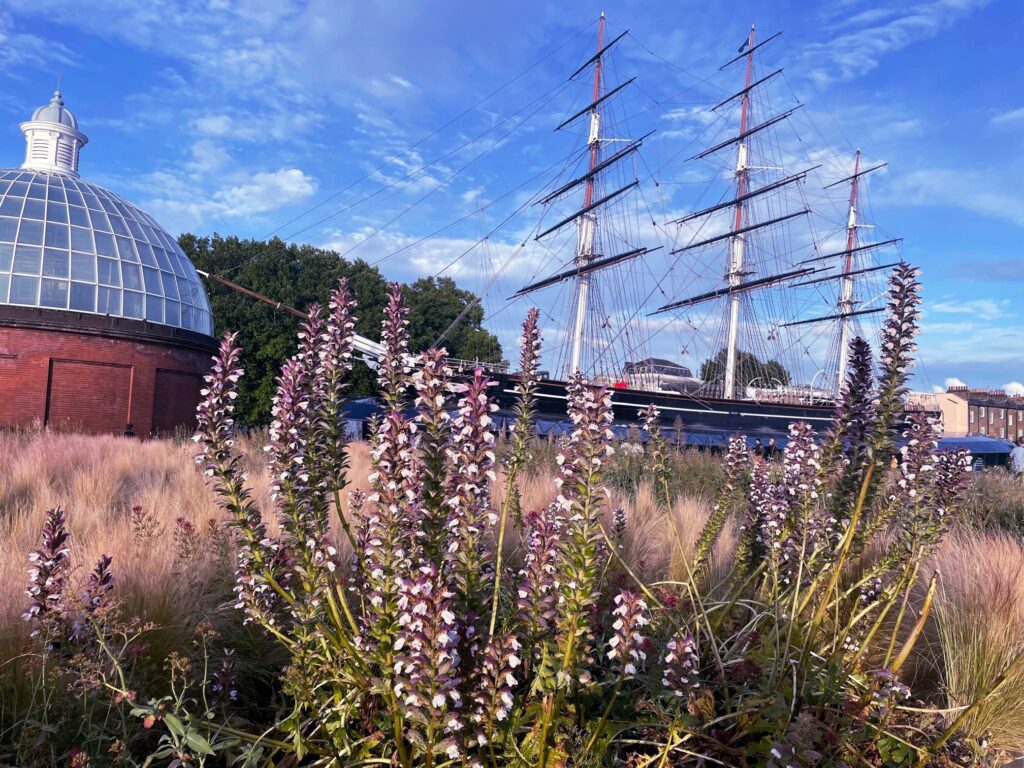
If your hunger for history is sated, but the pangs are there in your stomach, head a little further along the Thames Path, this time towards the centre of London. Here you’ll find a couple of modern bar/ restaurants – The Sail Loft and the Oyster Catcher. Both have views out across the river, an ideal location to take the weight off your feet and reward yourself with your preferred refreshment.
But if you still have energy to spare and a thirst for something more quirky, investigate the rotunda between the Cutty Sark and the river. This is the entrance to a foot tunnel under The Thames, dating back to 1902 and still used by both visitors and commuters. Walk through the tunnel to Island Gardens then buy a ticket and hop aboard the DLR for the short trip back to Cutty Sark or Greenwich station.
That’s more than enough for one day!
Words & Images by Heather @ McKinlay Kidd.
London is the perfect destination for a stop-off en-route to or from your McKinlay Kidd holiday. We offer a number of self-drive, public transport and escorted small group rail tours in England. For more information, or for a tailor-made proposal, visit our website.

